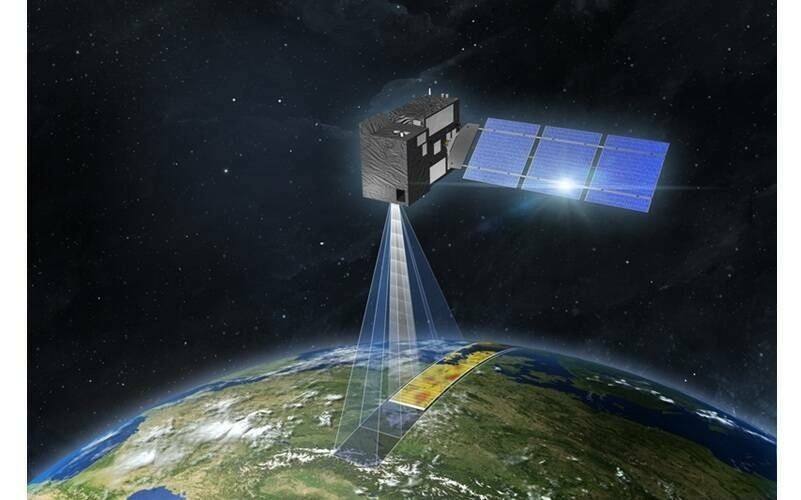The UK Hydrographic Office (UKHO) has supported a greater understanding of the Irish Sea’s geological history, after analysing seabed mapping data collected under the Civil Hydrography Programme (CHP) to support safe navigation in waters between Ireland and North Wales.
Global cooling during the last glaciation, around 27,000 years ago, led to the formation of a vast ice sheet measuring 840,000km² which contained enough ice to raise global sea levels by 1.8 metres. The British-Irish Ice Sheet stretched from the Isles of Scilly to the Shetland Islands.
Analysis of the hydrographic data by the Scientific Analysis Group at the UKHO also revealed a series of remarkable well-preserved glacial landforms. These landforms on the seabed show thick, fast glacial ice – comparable in size to the glaciers found today in Antarctica – that once flowed through the centre of the Irish Sea basin more than 20,000 years ago.
“The ice sheet inundated Great Britain and Ireland with glacial ice several kilometres thick and was characterised by dendritic, or tree-like, ice flow,” said Laurence Dyke, Geospatial Information Specialist – Scientific Analysis Group, at the UKHO.
Subscribe to our newsletter
Stay updated on the latest technology, innovation product arrivals and exciting offers to your inbox.
Newsletter

